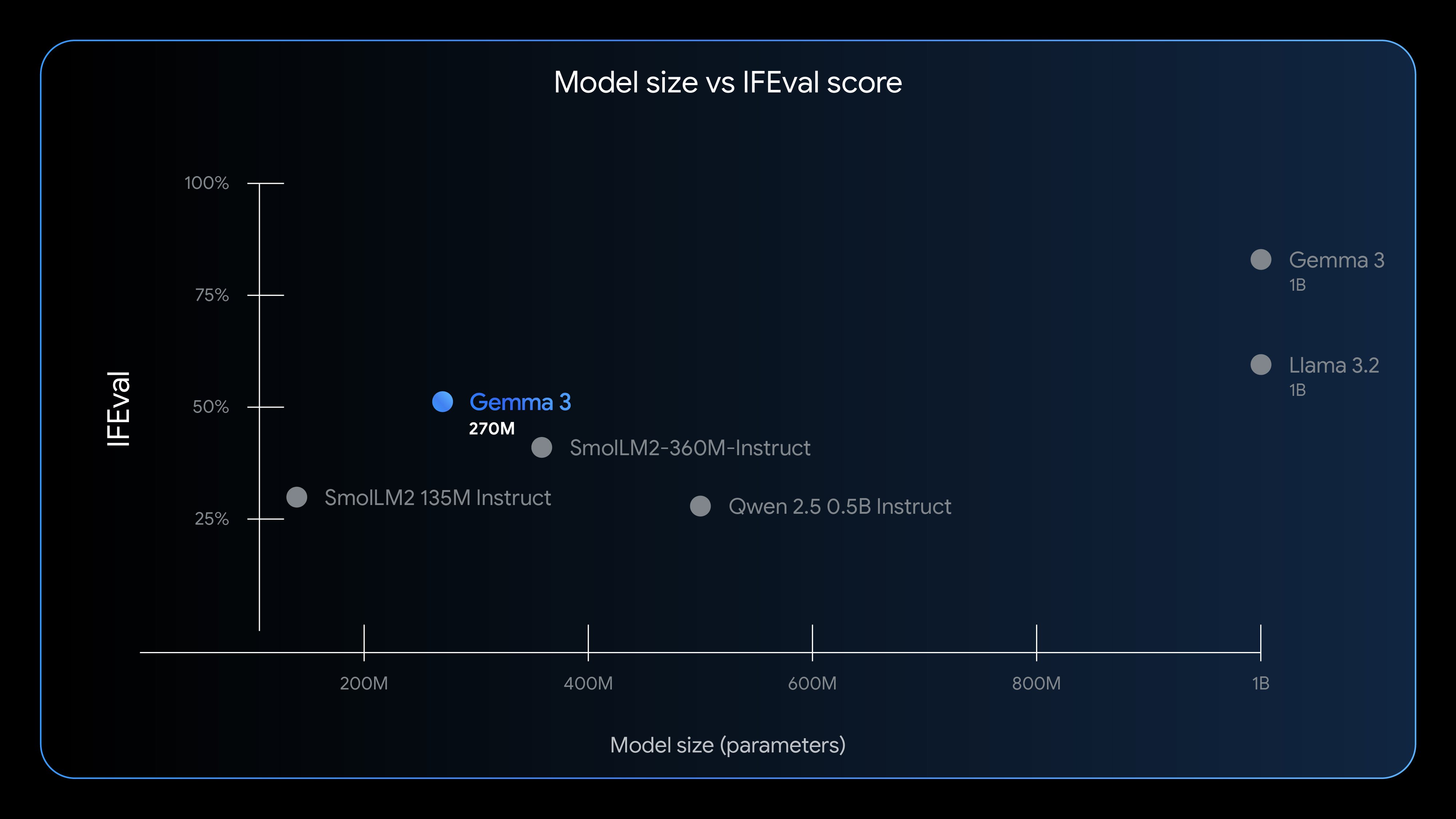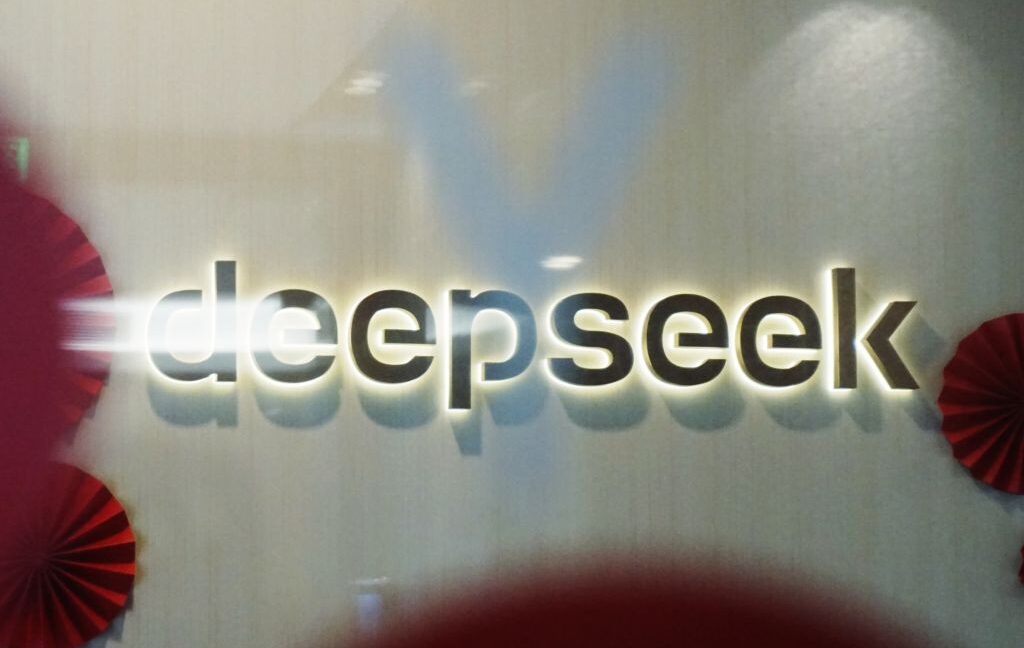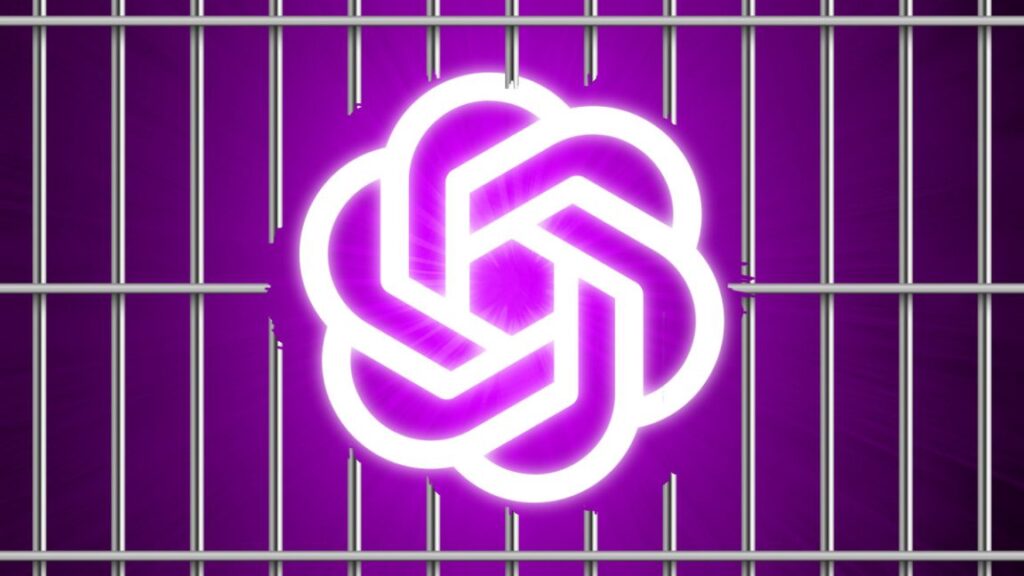Is the AI bubble about to pop? Sam Altman is prepared either way.
Still, the coincidence between Altman’s statement and the MIT report reportedly spooked tech stock investors earlier in the week, who have already been watching AI valuations climb to extraordinary heights. Palantir trades at 280 times forward earnings. During the dot-com peak, ratios of 30 to 40 times earnings marked bubble territory.
The apparent contradiction in Altman’s overall message is notable. This isn’t how you’d expect a tech executive to talk when they believe their industry faces imminent collapse. While warning about a bubble, he’s simultaneously seeking a valuation that would make OpenAI worth more than Walmart or ExxonMobil—companies with actual profits. OpenAI hit $1 billion in monthly revenue in July but is reportedly heading toward a $5 billion annual loss. So what’s going on here?
Looking at Altman’s statements over time reveals a potential multi-level strategy. He likes to talk big. In February 2024, he reportedly sought an audacious $5 trillion–7 trillion for AI chip fabrication—larger than the entire semiconductor industry—effectively normalizing astronomical numbers in AI discussions.
By August 2025, while warning of a bubble where someone will lose a “phenomenal amount of money,” he casually mentioned that OpenAI would “spend trillions on datacenter construction” and serve “billions daily.” This creates urgency while potentially insulating OpenAI from criticism—acknowledging the bubble exists while positioning his company’s infrastructure spending as different and necessary. When economists raised concerns, Altman dismissed them by saying, “Let us do our thing,” framing trillion-dollar investments as inevitable for human progress while making OpenAI’s $500 billion valuation seem almost small by comparison.
This dual messaging—catastrophic warnings paired with trillion-dollar ambitions—might seem contradictory, but it makes more sense when you consider the unique structure of today’s AI market, which is absolutely flush with cash.
A different kind of bubble
The current AI investment cycle differs from previous technology bubbles. Unlike dot-com era startups that burned through venture capital with no path to profitability, the largest AI investors—Microsoft, Google, Meta, and Amazon—generate hundreds of billions of dollars in annual profits from their core businesses.
Is the AI bubble about to pop? Sam Altman is prepared either way. Read More »

















